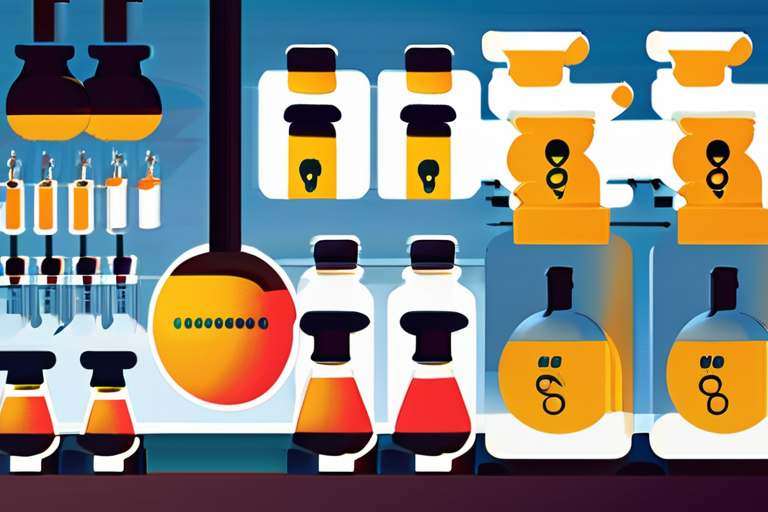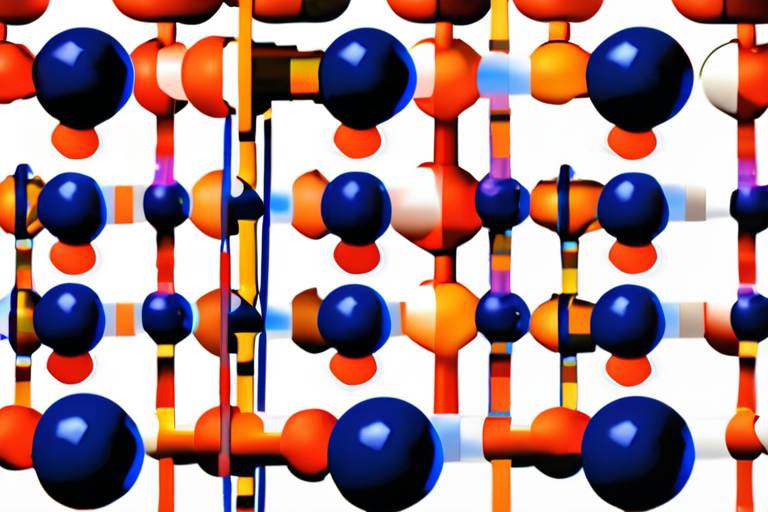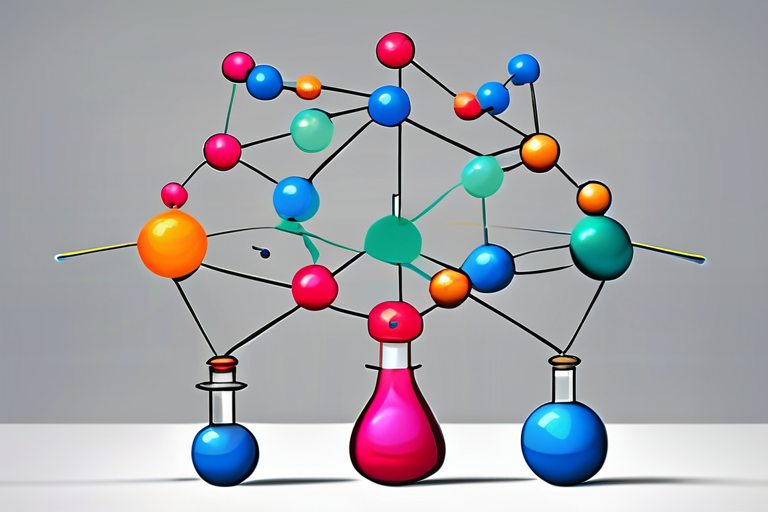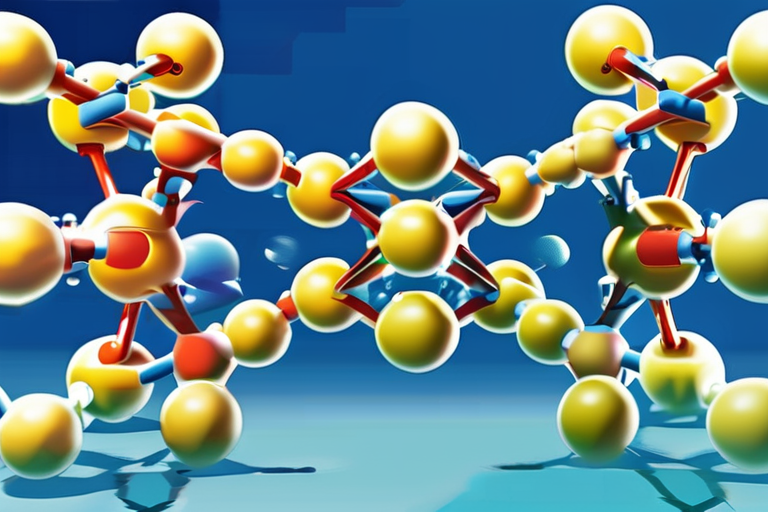Researchers Crack Code for Selective Methylene Oxidation in Natural Compounds


Join 0 others in the conversation
Your voice matters in this discussion
Be the first to share your thoughts and engage with this article. Your perspective matters!
Discover articles from our community

 Hoppi
Hoppi

 Hoppi
Hoppi

 Hoppi
Hoppi

 Hoppi
Hoppi

 Hoppi
Hoppi

 Hoppi
Hoppi

Breakthrough in Organic Synthesis: Researchers Develop Novel Method for Deaminative Cross-Coupling A team of scientists has made a groundbreaking discovery …

Hoppi

Breakthrough Discovery Offers New Hope for Parkinson's Patients A team of researchers at the University of Bath has made a …

Hoppi

Breakthrough in Homogeneous Catalysis: Deaminative Cross-Coupling of Amines by Boryl Radical β-Scission A team of researchers has made a groundbreaking …

Hoppi

Breakthrough in Synthetic Chemistry: Photocatalytic Oxygen-Atom Transmutation of Oxetanes A team of researchers has made a groundbreaking discovery in the …

Hoppi

Breakthrough in Synthetic Chemistry: Photocatalytic Oxygen-Atom Transmutation of Oxetanes A team of researchers has made a groundbreaking discovery in synthetic …

Hoppi

Breakthrough Discovery Hopes to Revolutionize Parkinson's Treatment Scientists at the University of Bath have made a groundbreaking discovery that could …

Hoppi